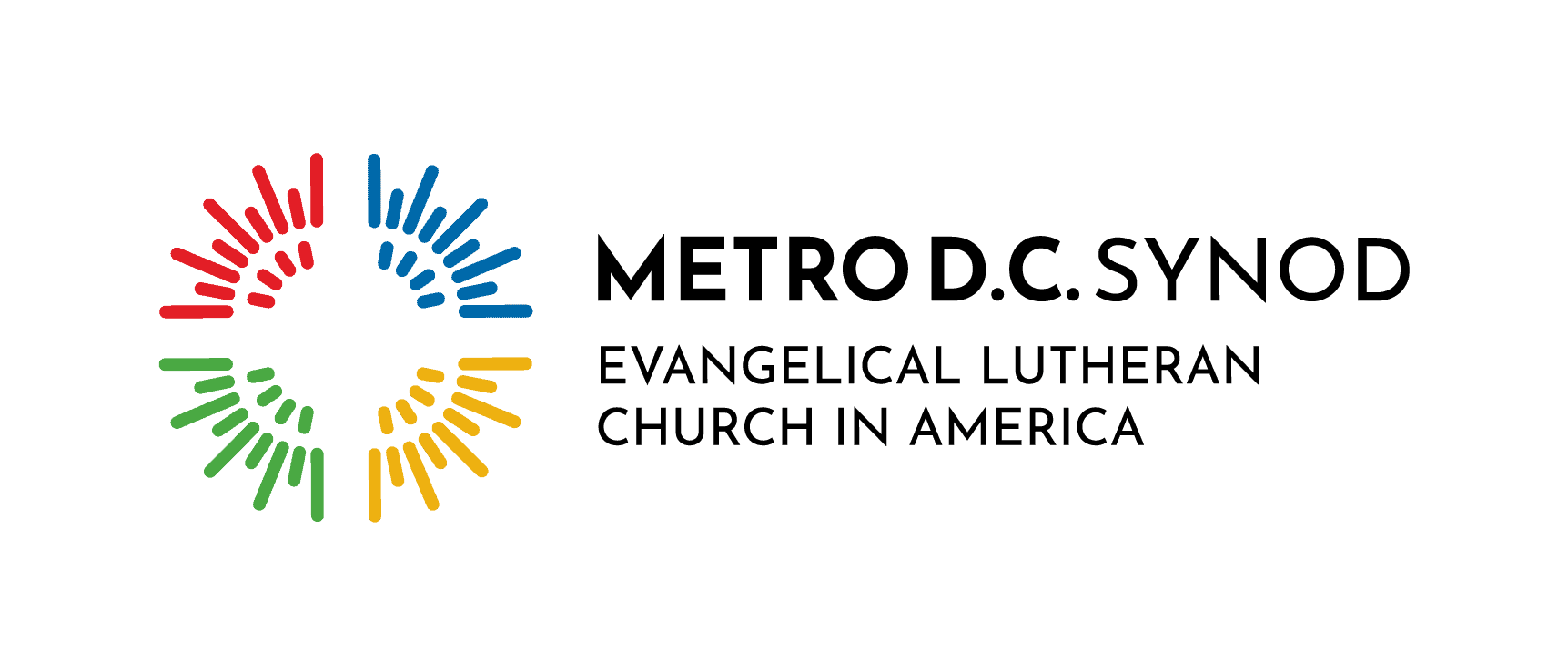Useful instruction

17 WEEKS BEFORE REFORMATION SUNDAY
Up until Luther’s day, catechism was not an essential tool for Christian churches.
There were the historic formulations of basic Christian principles by Cyril in 350, followed by Augustine’s version in 420. Over the ensuing centuries, however, the catechism had emerged as the chief form of basic instruction for priests and monks. Also, as in church worship, Latin prevailed thus greatly limiting its use.
One of Luther’s first calls for reform was that basic Christian instruction should be available in the vernacular language. After 1517, as the Reformation expanded, he took the lead in that effort by producing in 1529 both the Large and Small Catechism in German. He also introduced the question-and-answer format to reach a wider reading audience.
In the coming years, others followed. John Calvin drafted his first catechism in 1541, Heinrich Bullinger created another in 1555, and over the next century, many other Protestant versions appeared. In 1566, the Council of Trent produced a new Catholic catechism, but it remained limited for priestly rather than lay instruction, available only in Latin. Meanwhile, basic Protestant instruction in church doctrine using vernacular languages spread throughout western Europe.
- Bulletin insert – Week 17: Useful instruction (pdf file)
- Social media distribution: Wednesday, June 28, 2017


